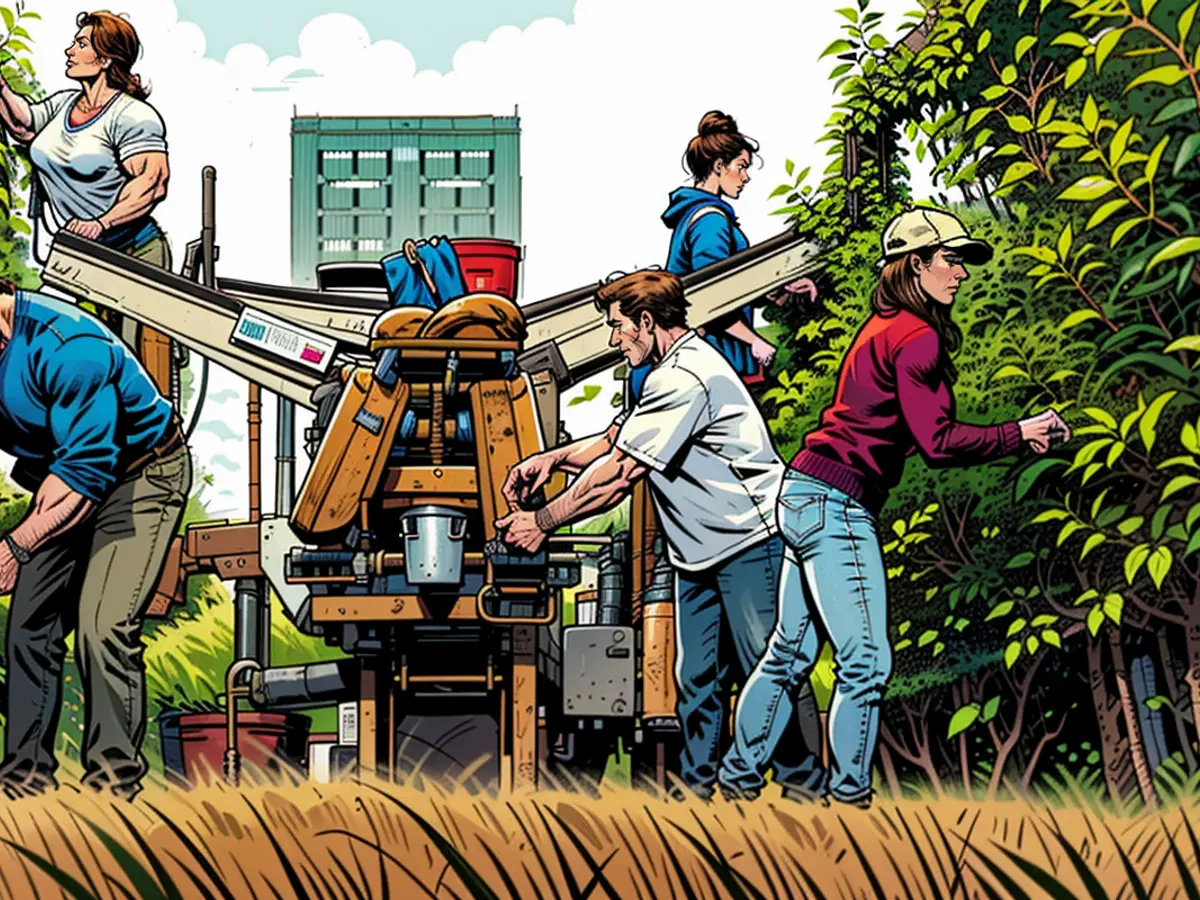Cooperatives - Cooperatives manage around a quarter of agricultural land
Agricultural cooperatives in Saxony account for approximately one third of the entire agricultural land area. According to the Statistical Office, there were 190 such cooperatives in Saxony last year, which accounted for less than three percent of all agricultural businesses in the region. However, they managed 240,000 hectares, or 27 percent, of the total cultivated land.
Farmers and rural families join together in agricultural cooperatives to work collectively. The cooperative is a legal form that, according to statistics, has traditionally been used in agriculture to increase efficiency and strengthen market position.
Many agricultural cooperatives can be found in Eastern Germany. They often emerged after the transition following the Agricultural Production Cooperatives (LPG), which were decisive for the centralized agriculture of the GDR. The LPG lands are often significantly larger than those of farmers in Western Germany.
July 6 is the International Day of Cooperatives.
The cooperative in Kamenz, a town in Saxony, is an example of these agriculture-focused organizations. Despite making up less than 3% of all agricultural businesses in Saxony, agricultural cooperatives collectively manage over a quarter of the region's agricultural land, totaling approximately 240,000 hectares. The use of cooperatives in agriculture, as evident in Saxony, has historically been a strategic move to boost efficiency and improve market position, as indicated by agricultural statistics.








